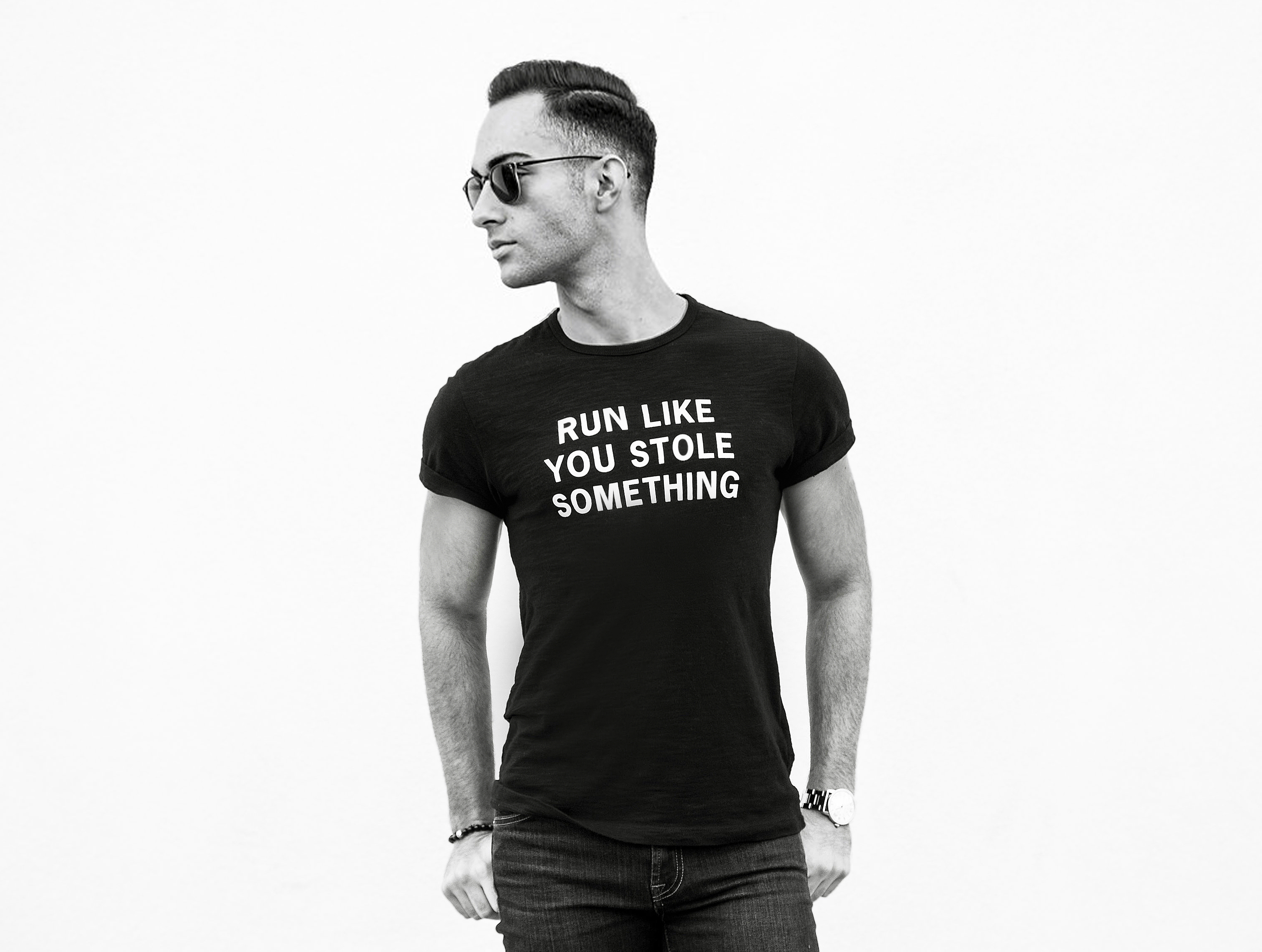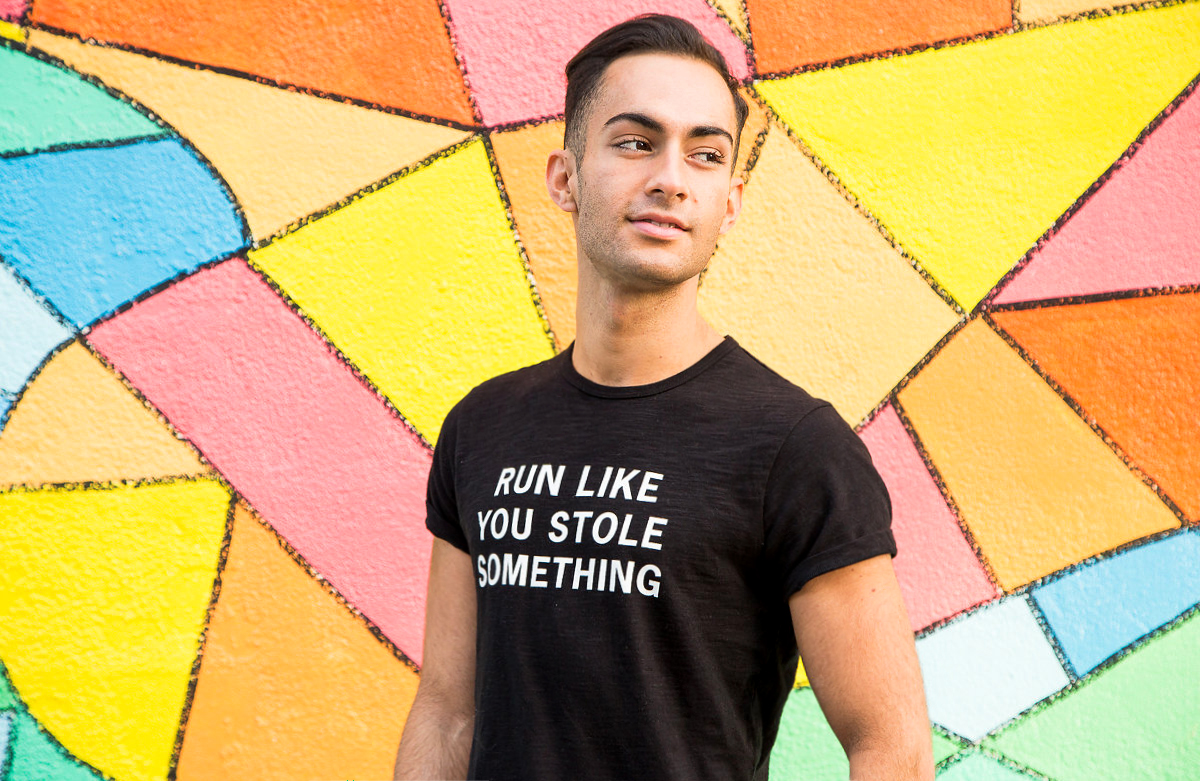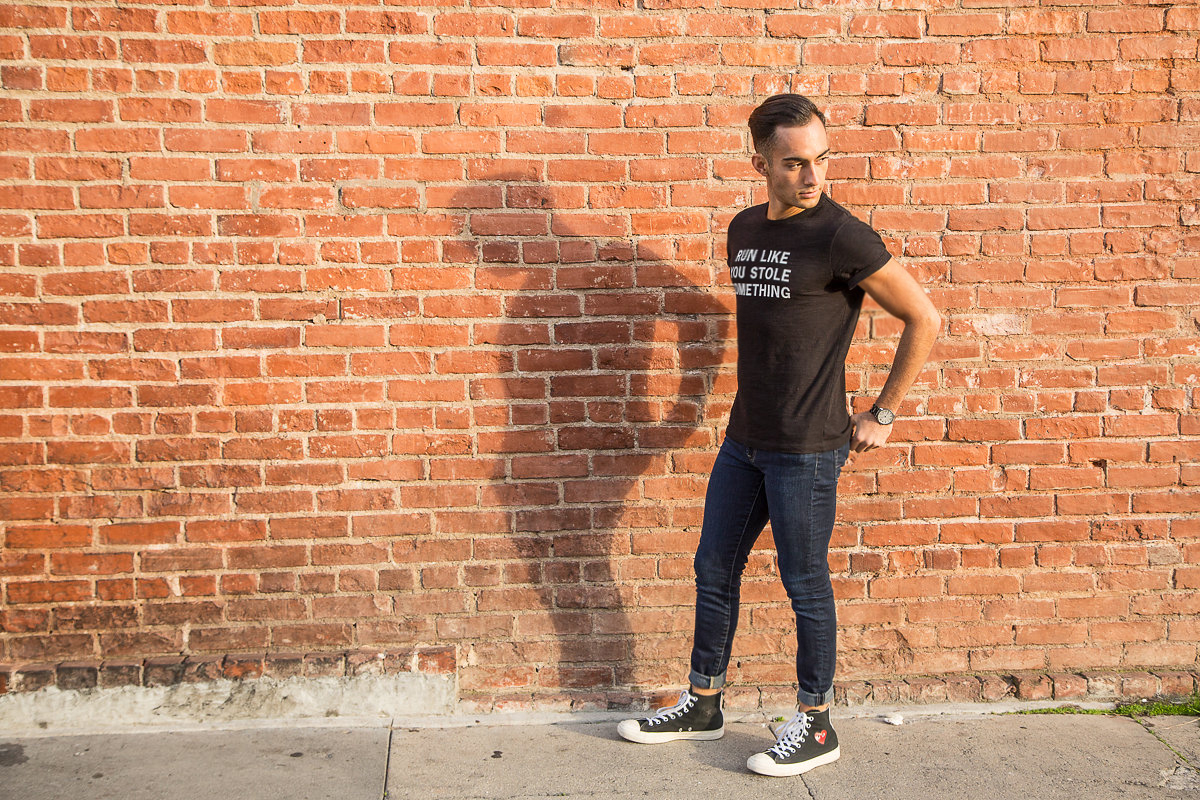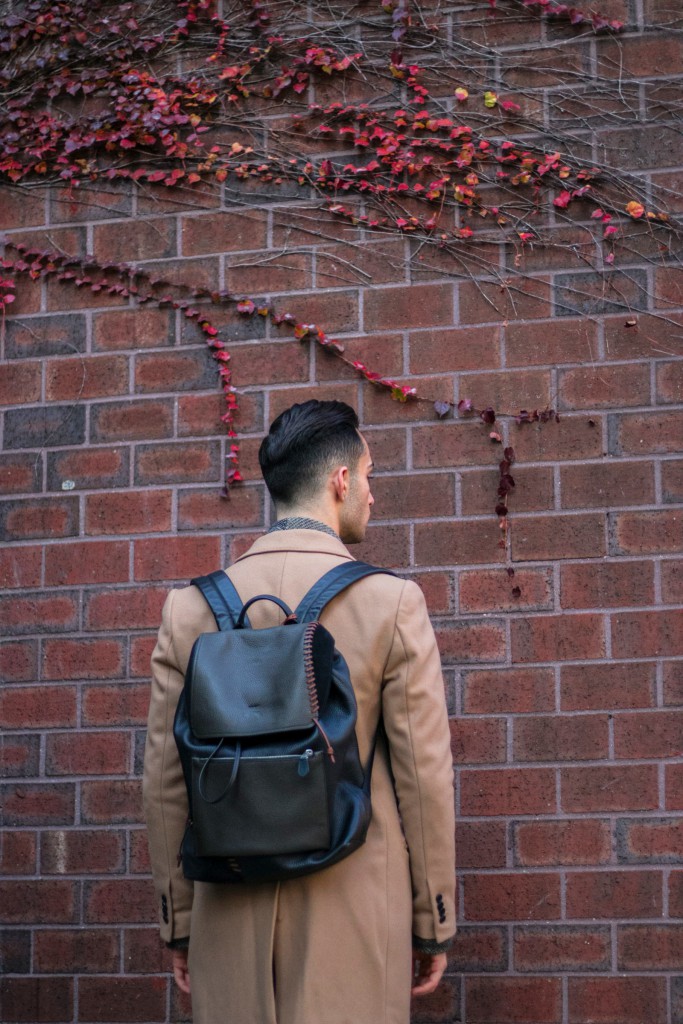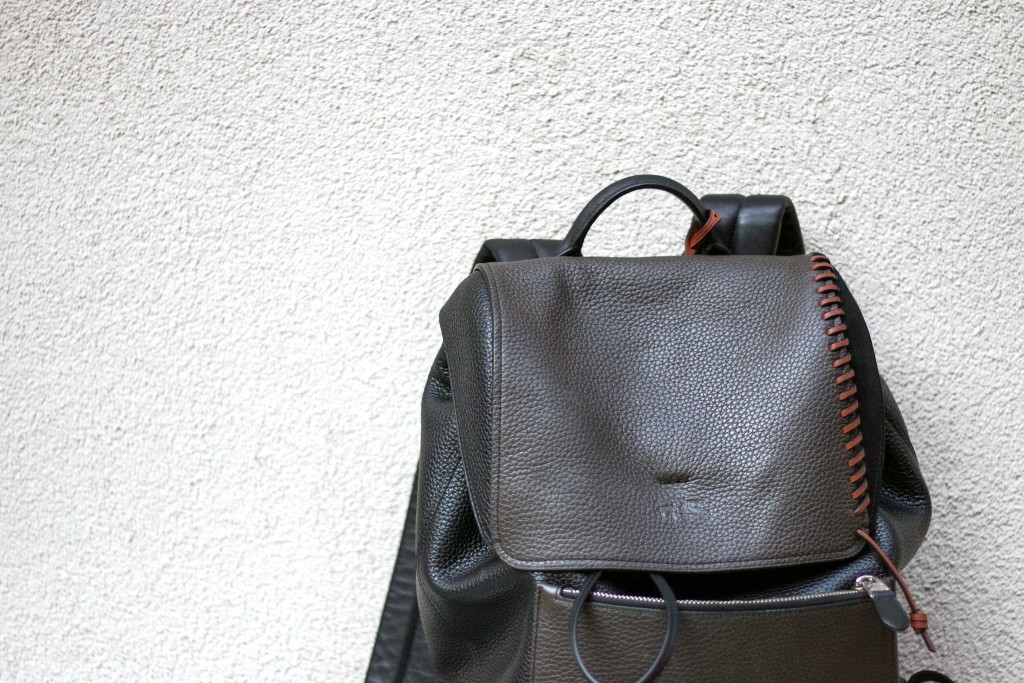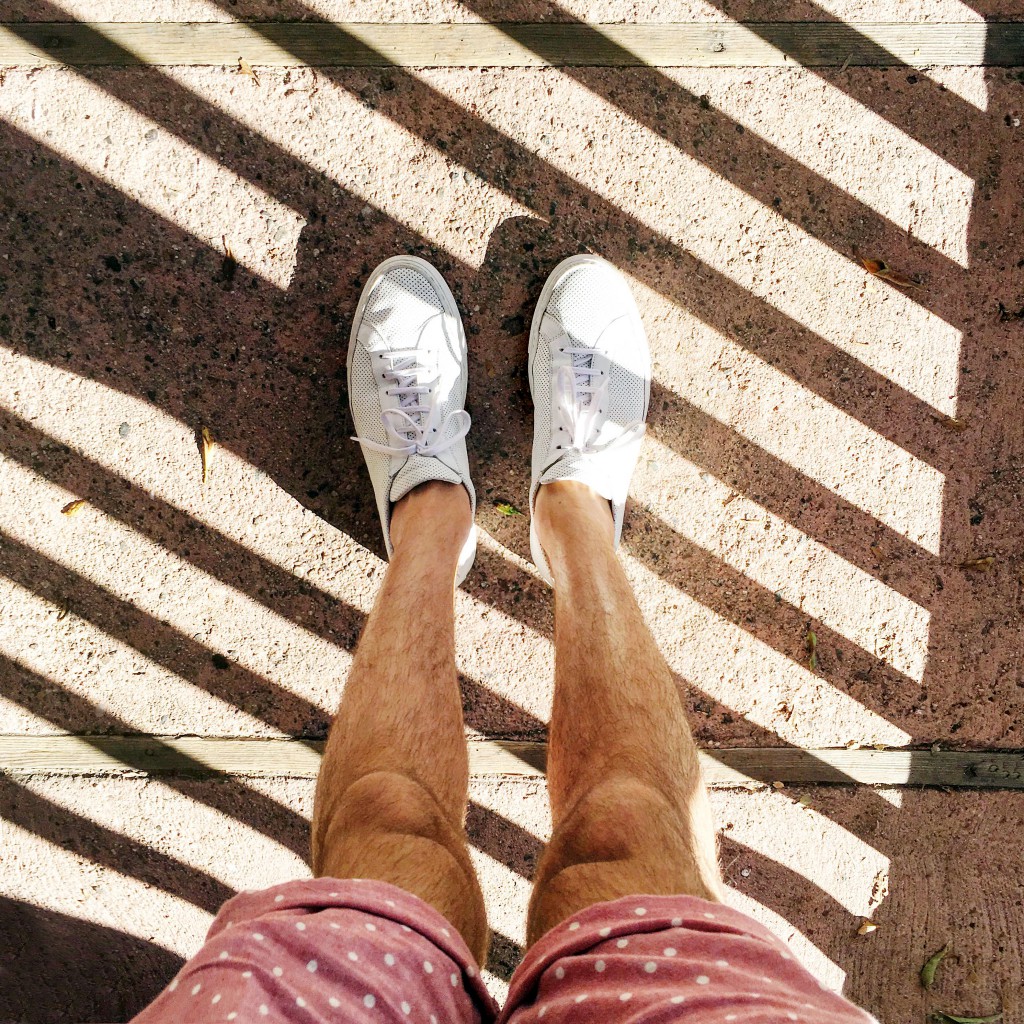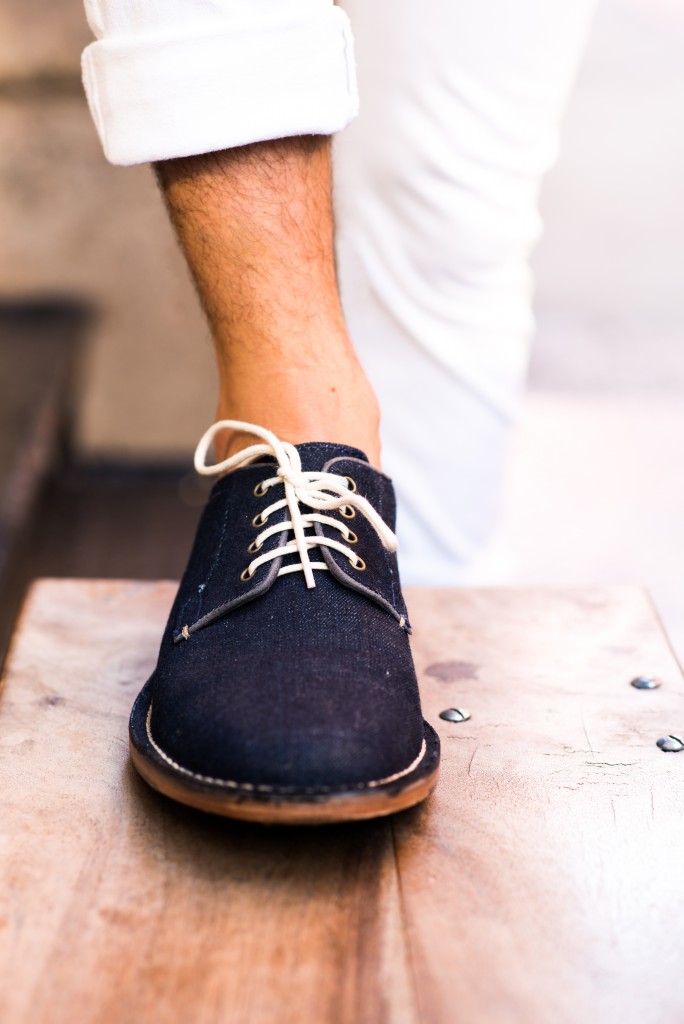I take photos of everything: my day-to-day’s and special occasions, the mundane and the extraordinary, moments when I’m grounded and happy, and times when I want to fly away. All of it. Photography has always been a channel through which I’ve been able to escape the constraints of reality, to access a creative realm in which I can feel a bit freer.
This week in particular has made me feel trapped within my tasks and weighed down by my responsibilities. I’ve wanted nothing more than to break free from the invisible chain that ties me to my desk, dive back in time into summer, and swim away. So, in the spirit of escape and nostalgia, (and a manic case of the Mondays), I dug back into the archives to see what imagery I had locked away in my laptop to plunge into.
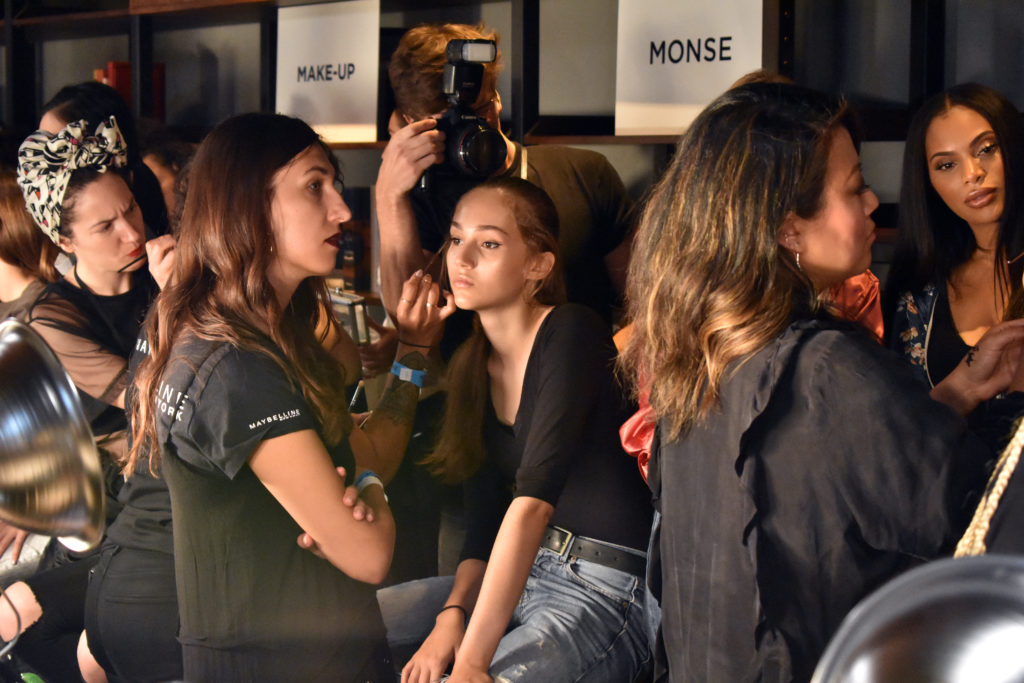
Photographed by Daniel Gabbay
Sifting through my albums, I made my way through hundreds of photos: from snapshots of my morning latte art, to glimpses of my lunchtime strolls in Midtown, selfies with friends on a night out, to portraits of my feet planted by beds of roses in the West Village. And of course, my gallery from New York Fashion Week – a spectacle unlike anything I had experienced before. A mere few days that made me fall in love with New York City, spring, summer, and, well, clothing, all over again. (Who knew sequins and stilettos could characterize the seasons more perfectly than the cycle of nature itself?)
Monse, J. Mendell, Marchesa, Alice and Olivia, Oscar De La Renta, and my favorite, Philipp Plein. You could say I attended a diverse mix of shows – ranging from ultra-feminine pastel gowns to embroidered whips and chains transformed into high fashion manifestos. I guess the world of fashion has no bounds.
As I looked through my library, reliving my peeks backstage and my moments of awe beside the runway, I discovered a theme that I didn’t notice in person. The ideals of discord, cacophony, and inconsistency, a lack of fluidity, and the motif of “hard versus soft” seamlessly merged to tell an unexpected narrative – a beautiful love story that pieced together before my eyes, from a new perspective in the screen in front of me.
Monse staged its runway on a basketball court, sent out jersey-inspired dresses made out of sparkling sequins and crystals, and paired athletic gear with couture. The opposing forces of high-fashion and sportswear bounced off of one another and created a thread of innovative creations.
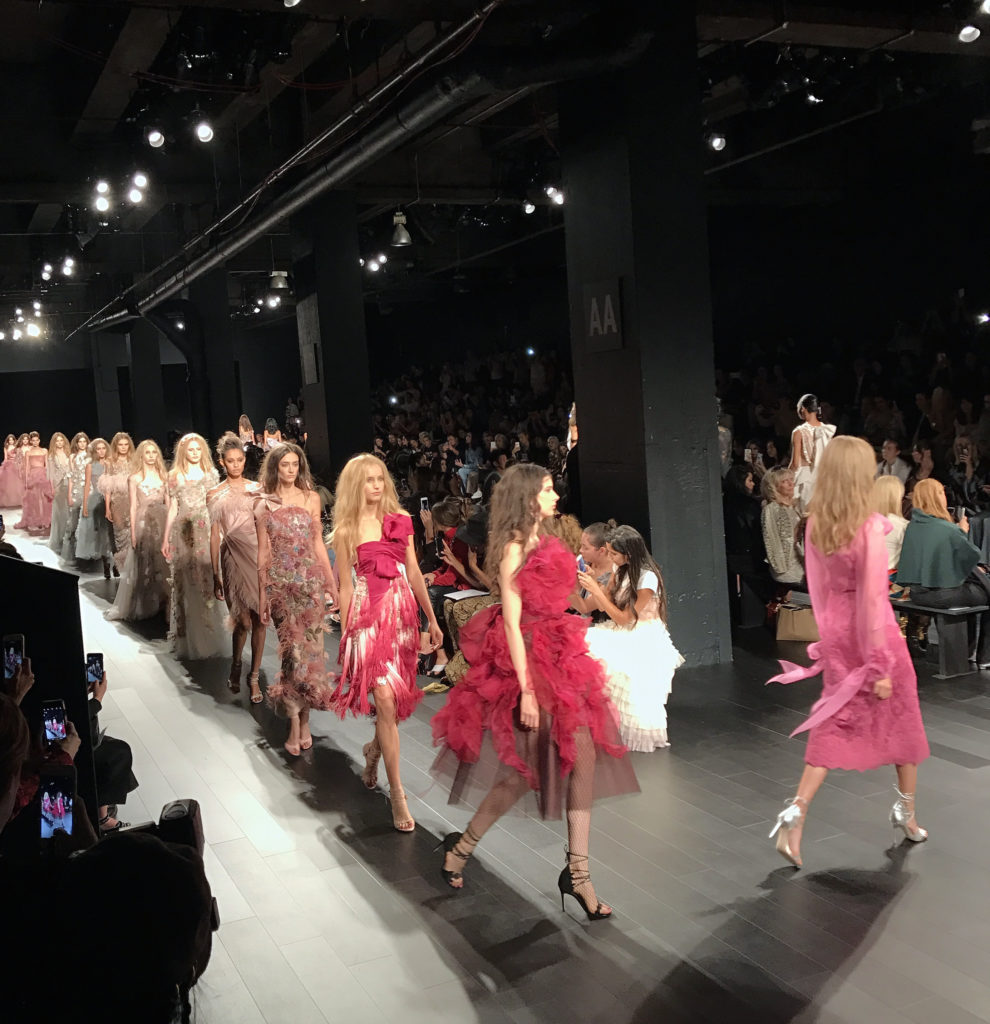
Photographed by Daniel Gabbay
Marchesa brought a fairytale to life in the most un-fairytale-like setting. Opulent gowns, rich pastels, dancing chiffon, and lush florals bloomed beautifully in an entirely black, industrial warehouse that was converted into a runway. (Talk about opposites attracting, and so stunningly.)
Oscar De La Renta constructed paint splatter out of embroidered beads on blazers that kissed the ground. All the colors of the rainbow and all its shades between wove together into easy cocktail silhouettes, short shorts, fitted t-shirts, baggy button-downs, and dramatic gowns that could shimmer from a world away.
De La Renta’s palette was as chaotic as it was cohesive – but oddly enough, that lack of cohesion brought a fluidity to the collection. Most of its pieces had nothing to do with one another, and that’s what strung them all together. Their striking differences were a harmonizing force, translating such dissonance into a realm of towering high fashion. Lastly, before Bella Hadid and her army of mannequins came to life with the catwalk, they descended down a shining metallic escalator that led to the runway.
Who knew such a sterile, modern construct could serve as the perfect backdrop for such an organic, raw, vibrant, warm collection of clothes?
And of course, our master of ceremonies: Philipp Plein dreamed up a world where chains, whips, chokers, skulls, rips, bare skin, distressed denim, and quilted leather are graceful and romantic – a collection as electrifying and shocking as it was passionate and full of life. But the most powerful moment of all were his cages. In classic Plein fashion, our dare devil mastermind sent a handful of models down the runway with rigid black cages fitted around their bodies – all placed over soft flowing gowns from their necks to their knees. By audaciously placing such a harsh object over smooth, liquid-like dresses, Plein married two opposing elements, and with such harmony. He wrote a love story that his models brought to life as they infused romantic fluidity into a symbol of unwavering rigidity. They made those cages move and I was in awe.
Ironically enough, these images spoke to the reason I decided to explore my photos in the first place – to escape those moments that make me feel like I am being caged – whether that cage is a challenging Monday, day-to-day tasks at work, or responsibilities that come with being an adult that can make us all feel confined and limited. But more importantly, they made me see my limitations through a refreshed lens and approach the discord in my day from a different headspace.
Just as Adriana Lima assertively and unapologetically strutted down that Plein runway in a flowing gown, moving the cage strapped around her body, we too can find some flexibility in the cages of our daily lives and seek strength and beauty through their holes. I always thought we must overcome life’s limitations, but as it seems, maybe the smarter move is to reshape them.
Of course, this discussion is figurative, but it stems from a place of authentic truth; if we apply Plein’s show to the contexts of our lives, we discover that the struggles we face don’t have to restrain or define us. Life doesn’t have to be so linear. Our daily cages – the moments of dreary responsibility and discomfort we experience – can serve as opportunities for innovation, inspiration, liberation, and self-discovery. Perhaps we can even reinterpret those things that make us feel restricted and allow them to empower us – to be even more passionate and confident in our actions and our perspectives.
As it seems, therefore, New York Fashion Week was more than just a parade of elegant clothing, glamorous shows, mile-long runways, and supermodels. In retrospect, the week was a call to action to embrace the dissonance in the palettes of our lives, to seek cohesiveness within the chaos, to unveil the harmony that lies within contrast, to make bold choices, and to tap into that fiery, confident place within us to bend the cages around us.
Whether we’re walking in a fashion show, watching one by the runway, or reliving one behind our desks at work, we all can find some flexibility in life’s restrictions. Perhaps when we embrace those limitations and seek a potential for growth and beauty within them, that is when we see the most clearly, thrive the most triumphantly, and allow the bent traces of our cages to become our greatest accessory.

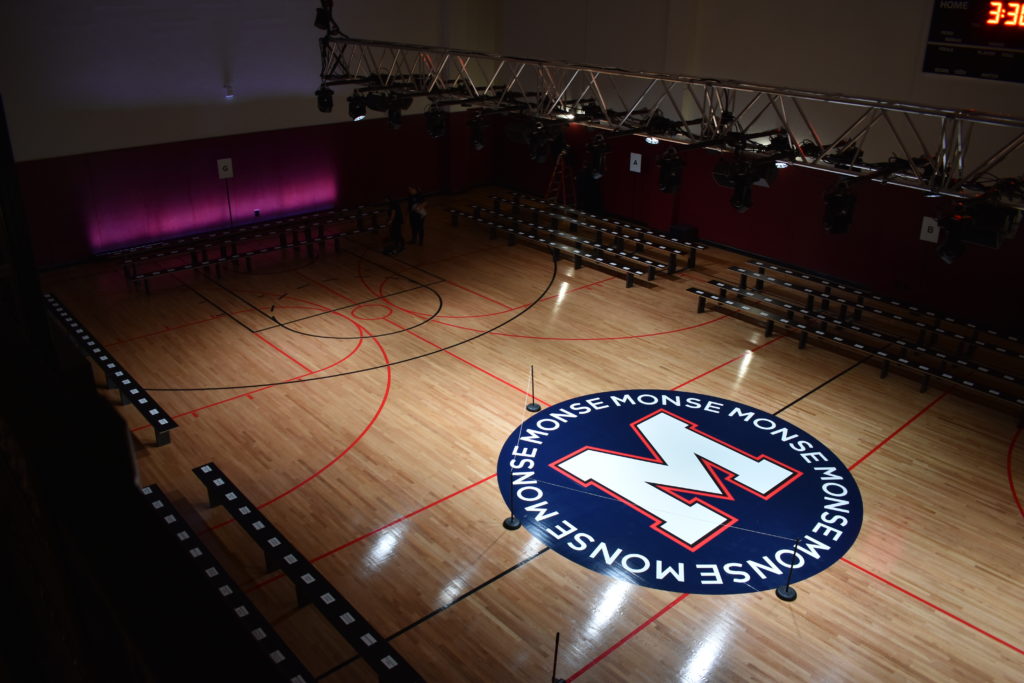
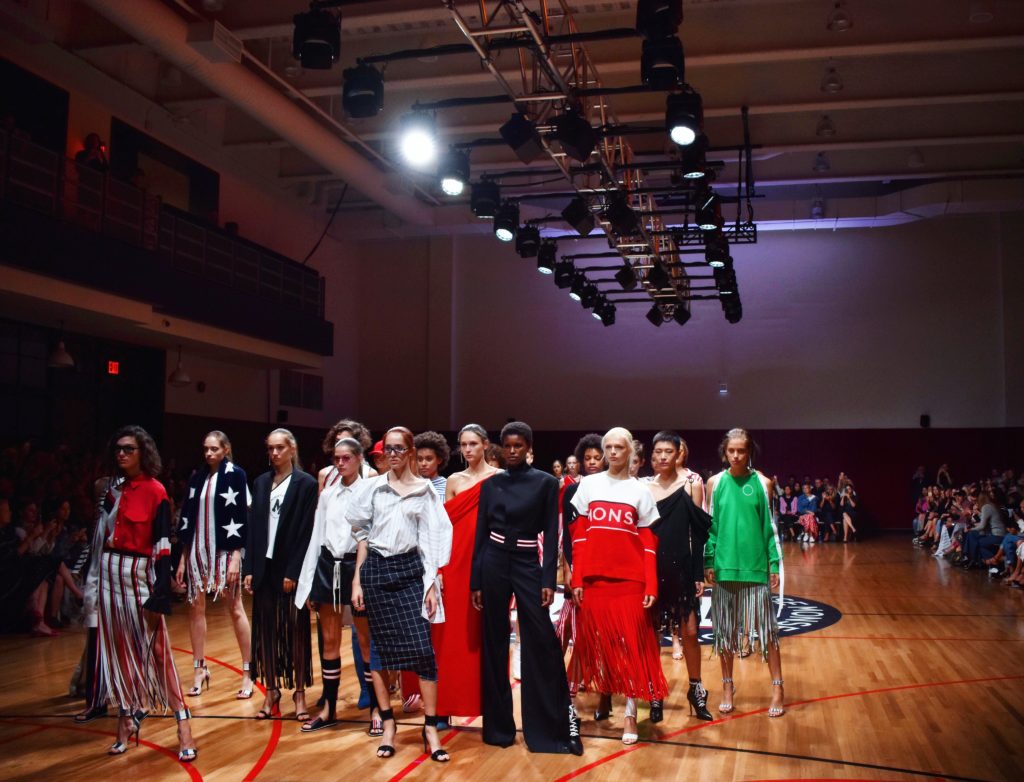
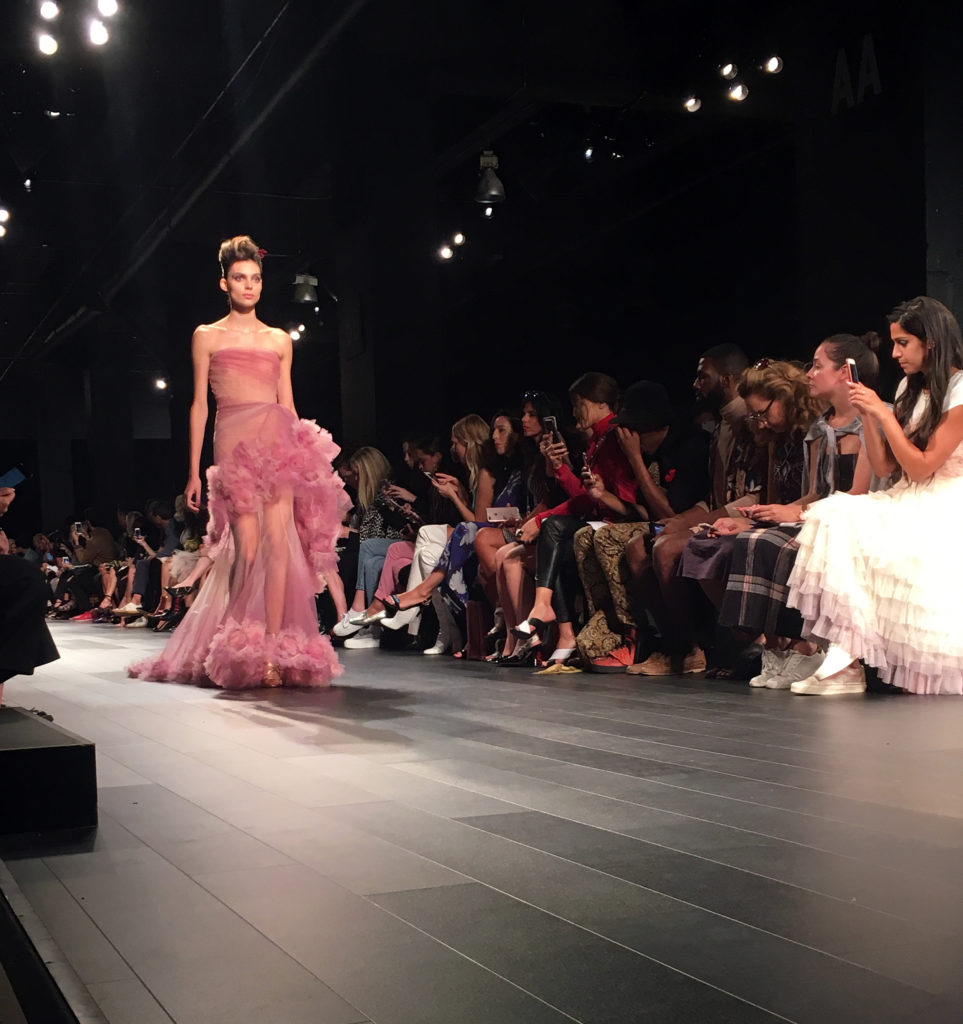
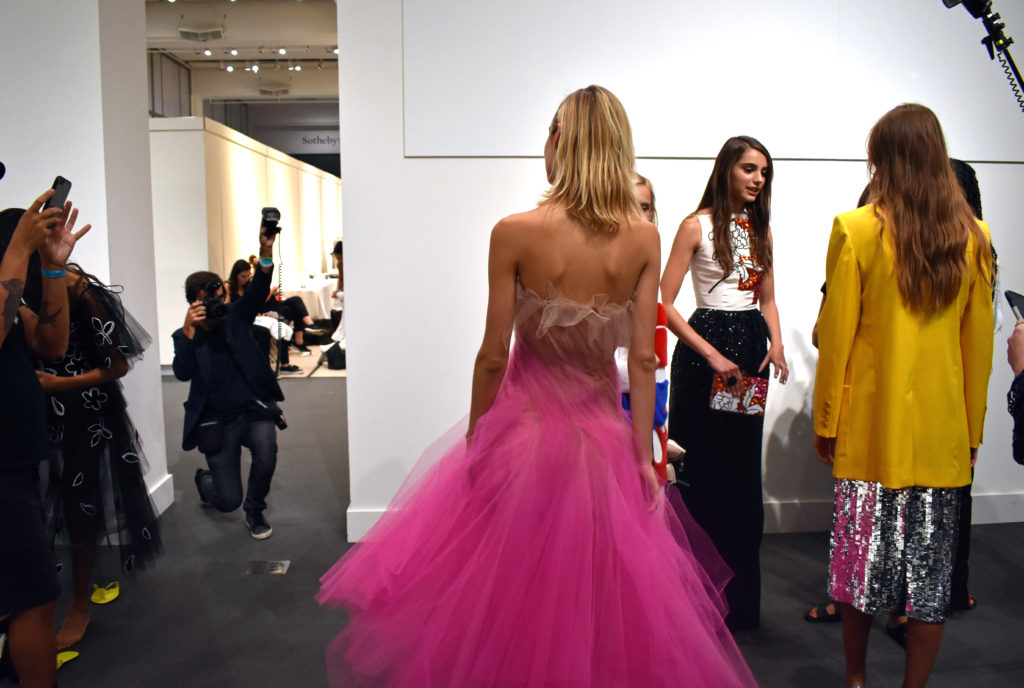
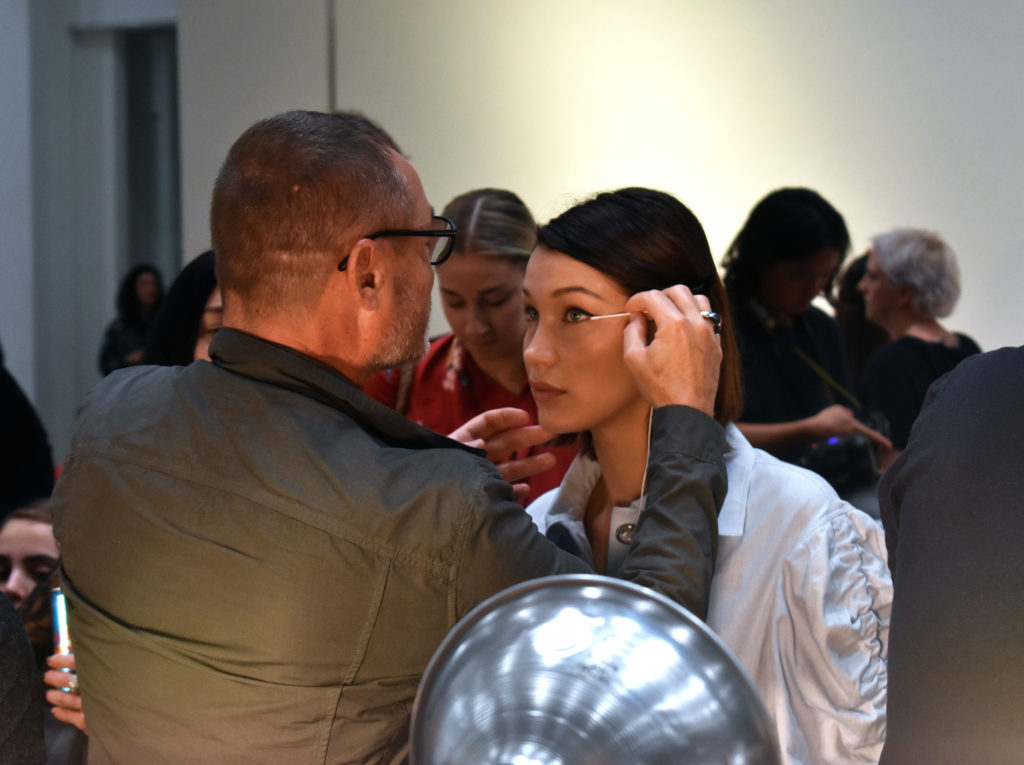

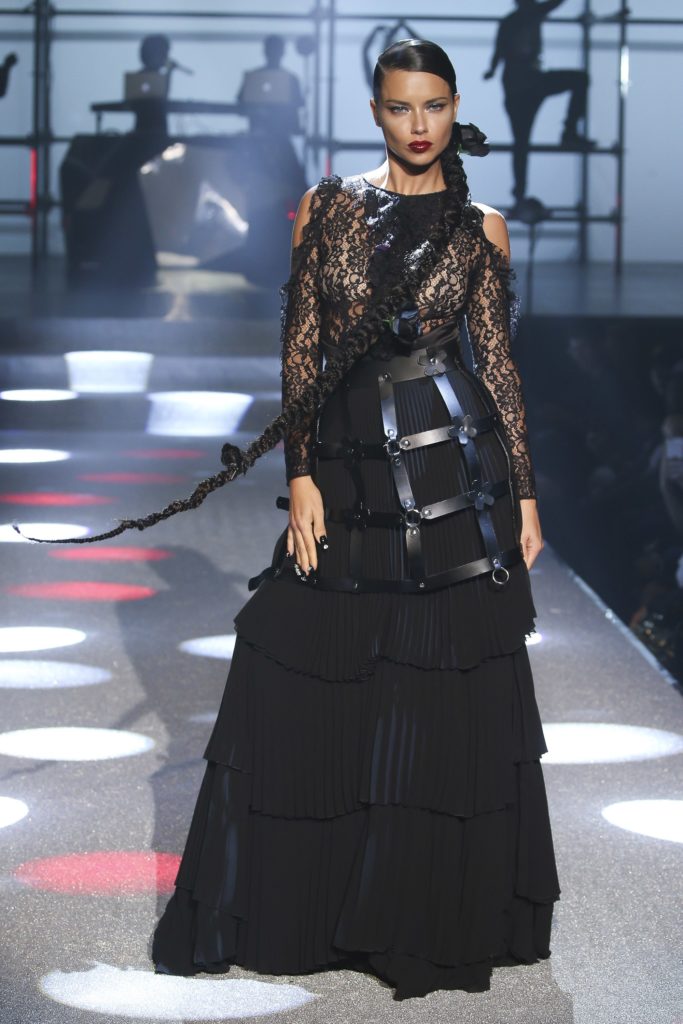
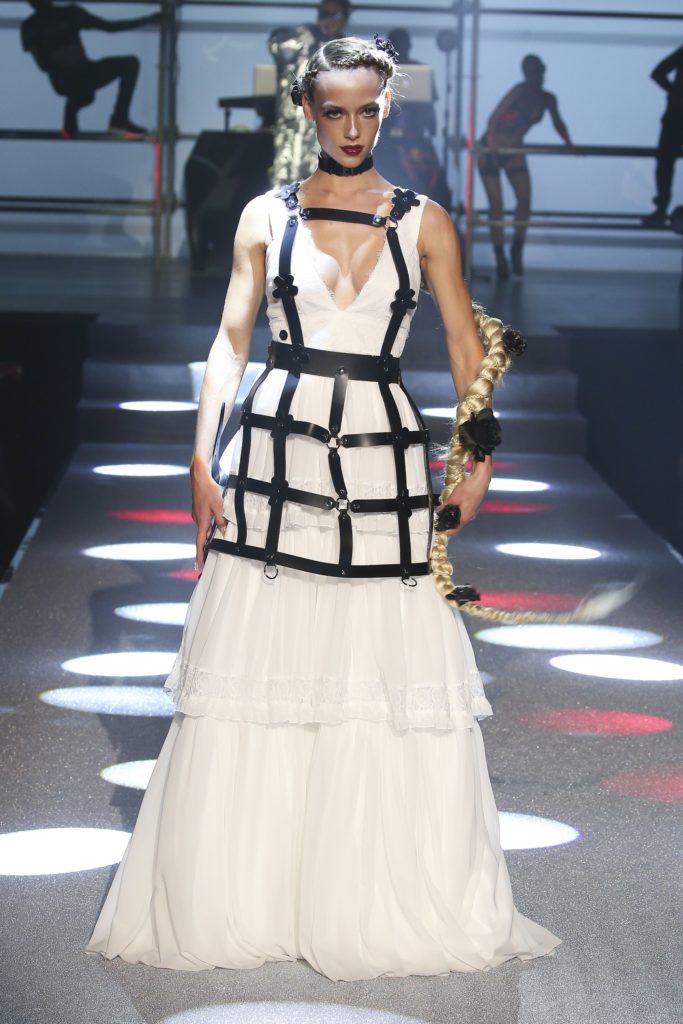
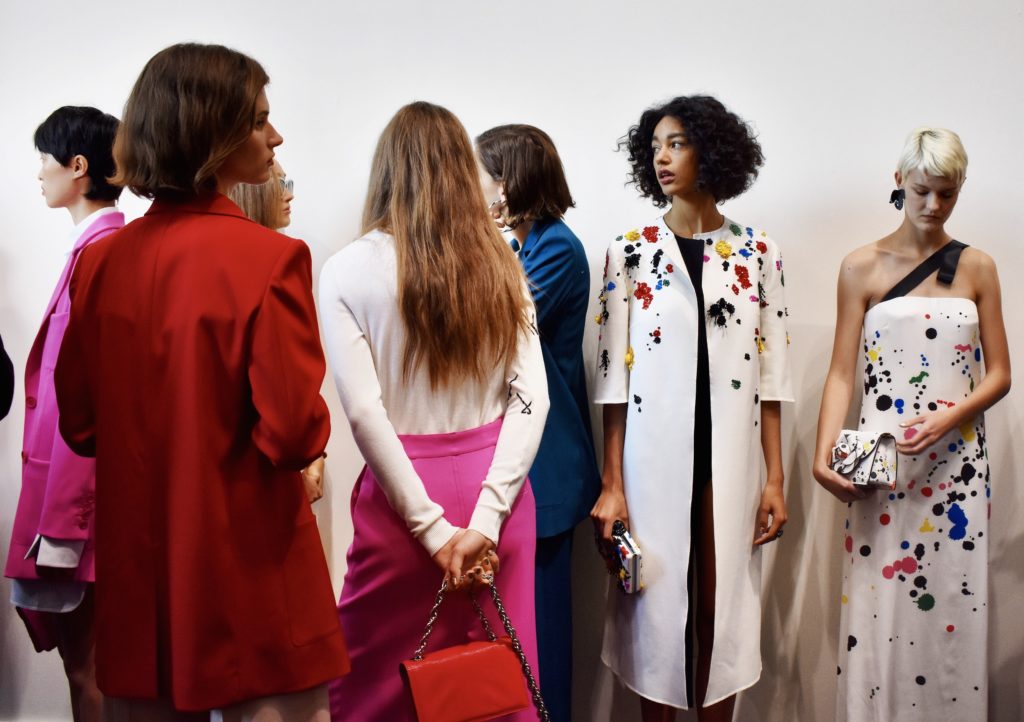
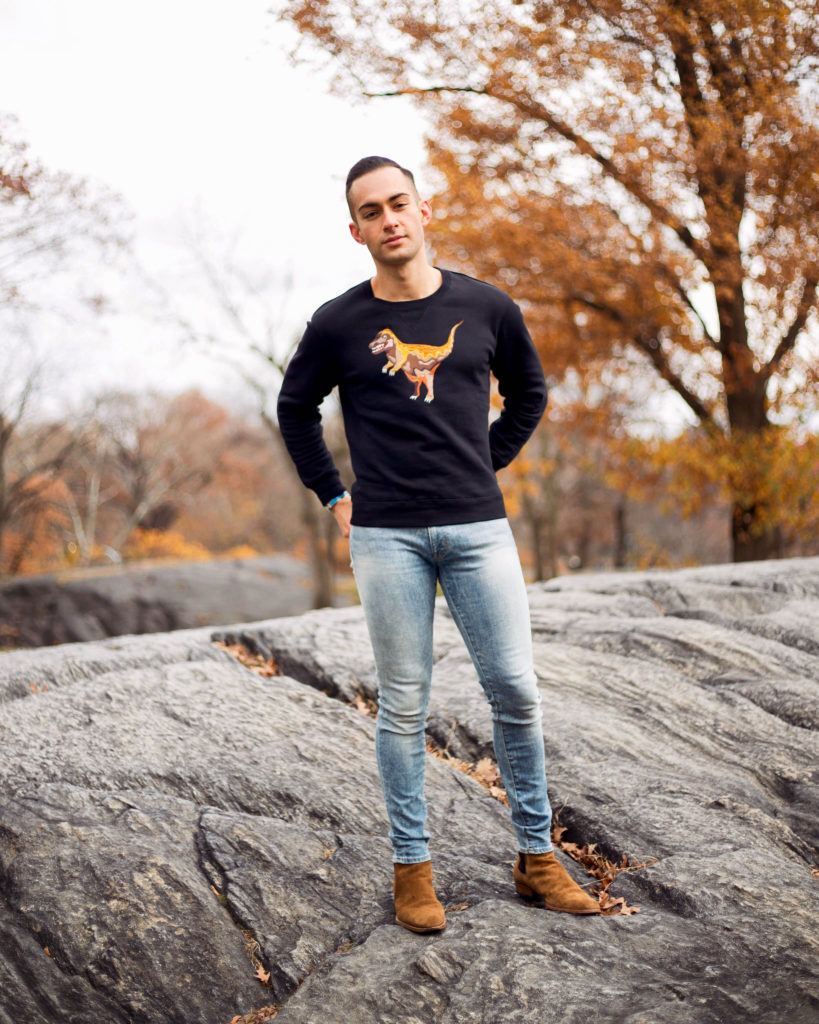 For years, popular culture has placed fashion high up on a pedestal – and with good reason. Whether we’re talking about the craft that is ready-to-wear or the art form that is couture, the pieces we see and wear are mostly products of meticulous, stunningly imaginative visions that have been brought to life – patch by patch, stitch by stitch – that deserve our praise.
For years, popular culture has placed fashion high up on a pedestal – and with good reason. Whether we’re talking about the craft that is ready-to-wear or the art form that is couture, the pieces we see and wear are mostly products of meticulous, stunningly imaginative visions that have been brought to life – patch by patch, stitch by stitch – that deserve our praise.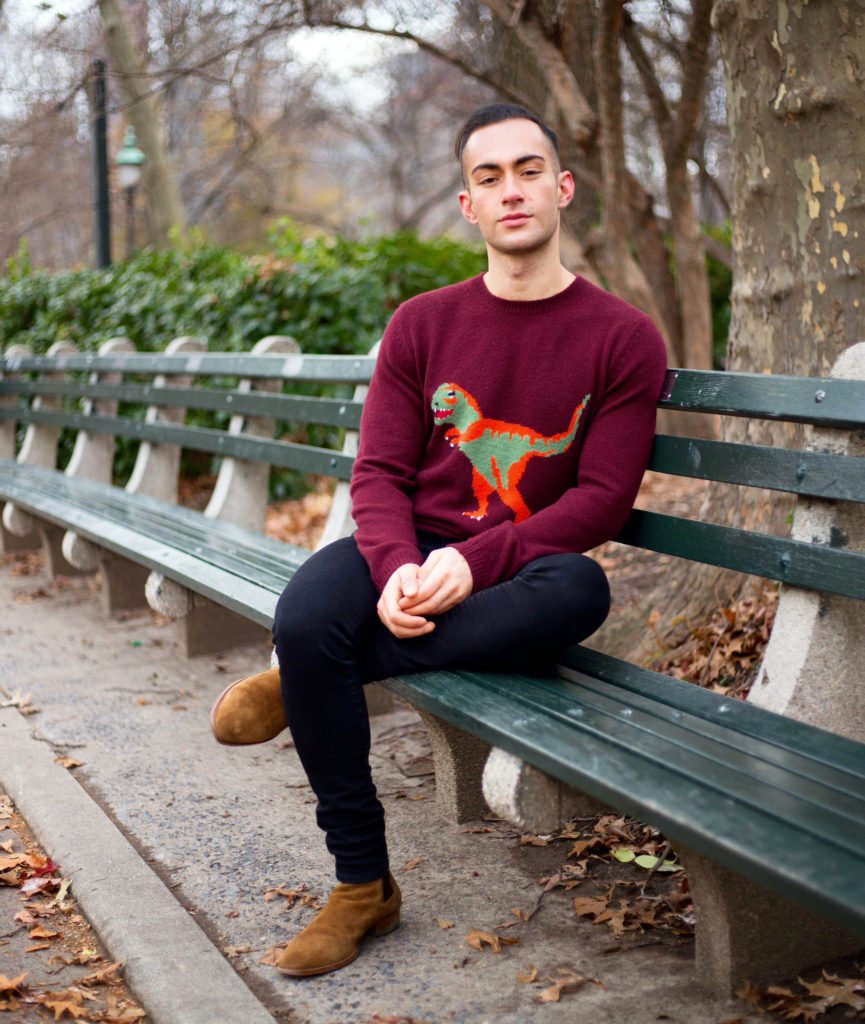
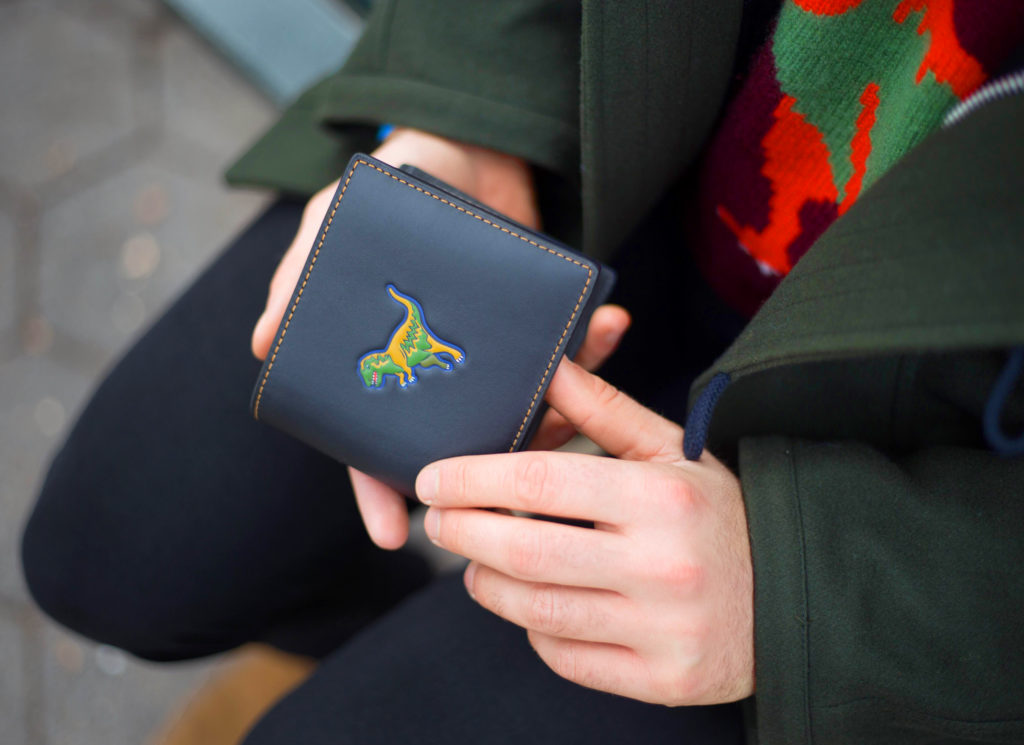
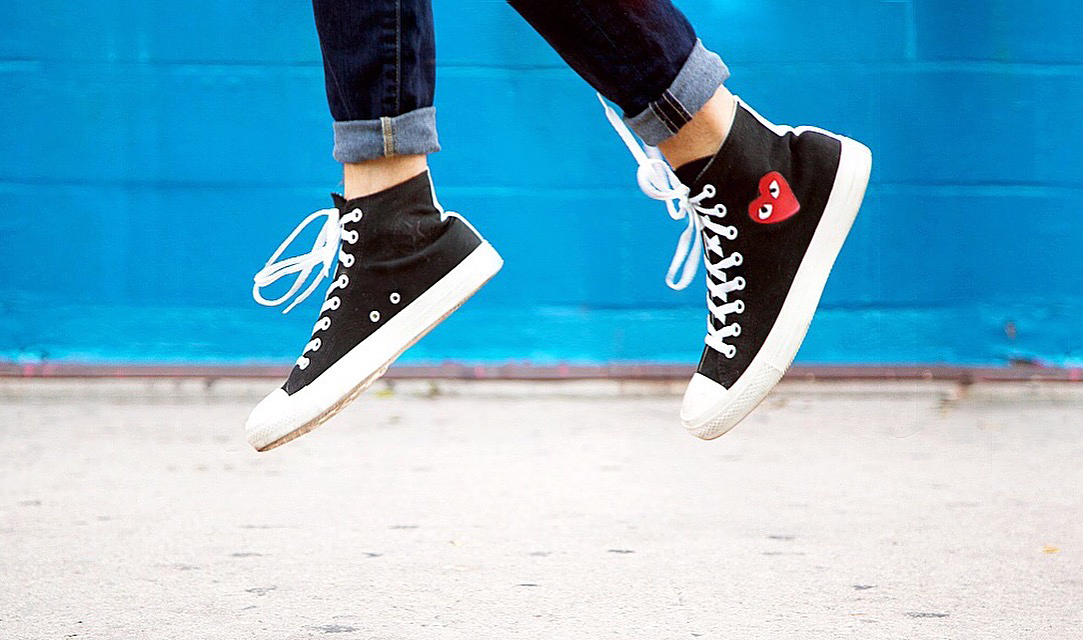 “Wear your heart on your sleeve,” they say. This simple phrase has charmingly followed suit in the collection of clichés we use to refer to love on a daily basis. When it comes to romance and affection, the age-old saying is a cheerful call to action to expose our emotions – leaving us unguarded in our search for love.
“Wear your heart on your sleeve,” they say. This simple phrase has charmingly followed suit in the collection of clichés we use to refer to love on a daily basis. When it comes to romance and affection, the age-old saying is a cheerful call to action to expose our emotions – leaving us unguarded in our search for love.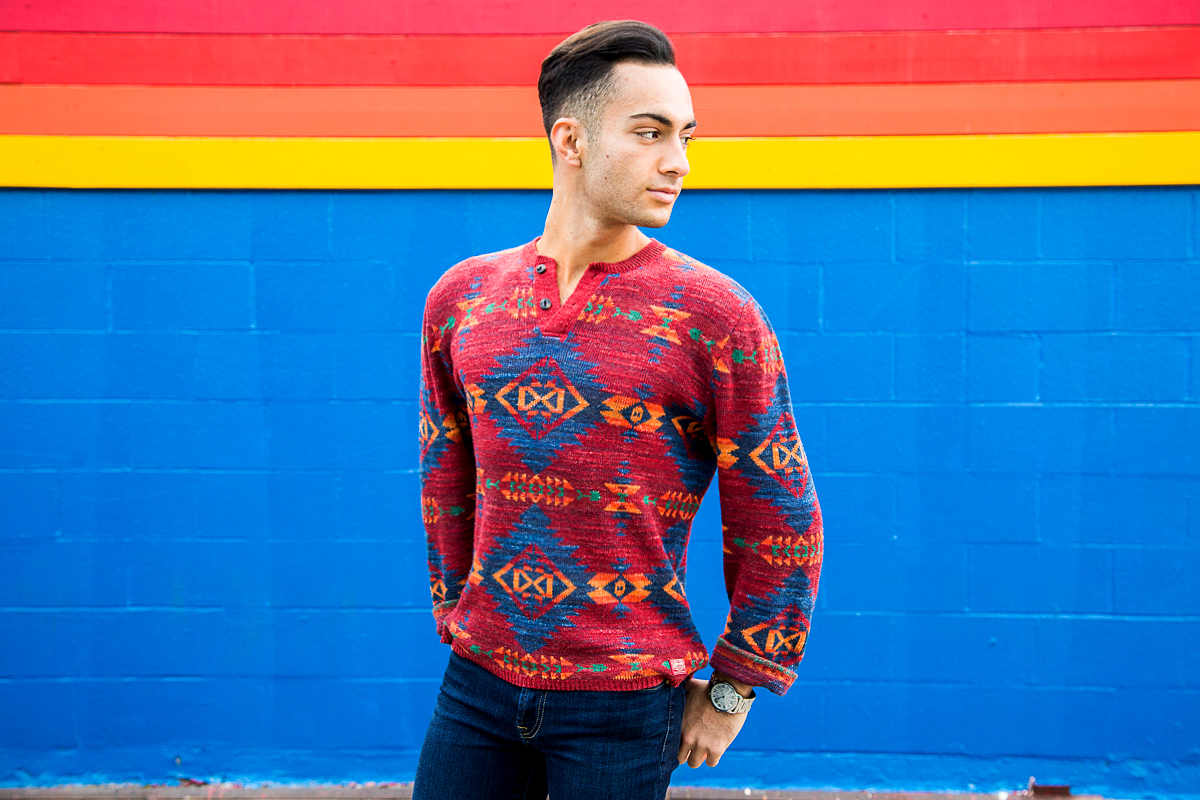 American designer Ralph Lauren once said, “I don’t design clothes. I design dreams.” And judging by my whimsically vibrant
American designer Ralph Lauren once said, “I don’t design clothes. I design dreams.” And judging by my whimsically vibrant 
